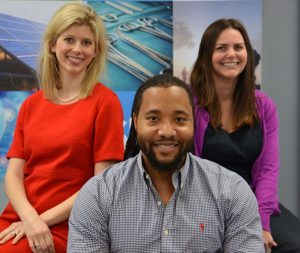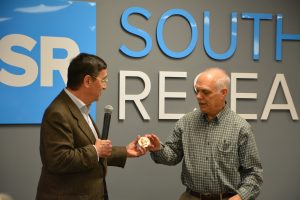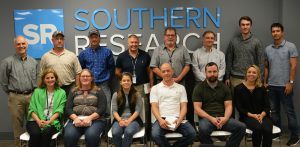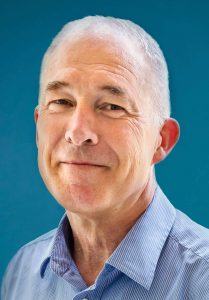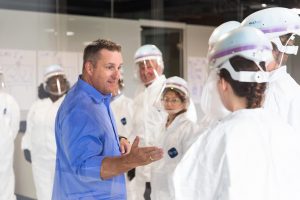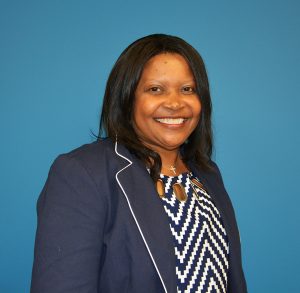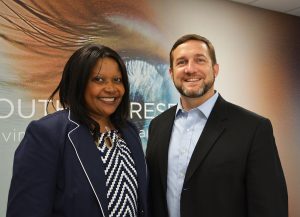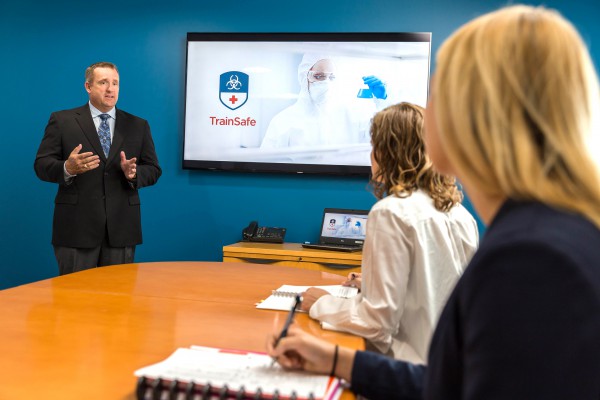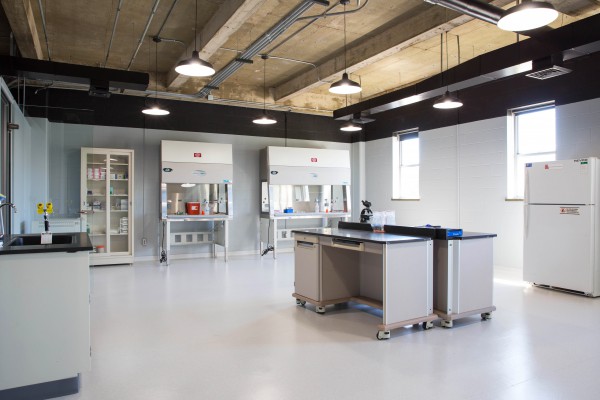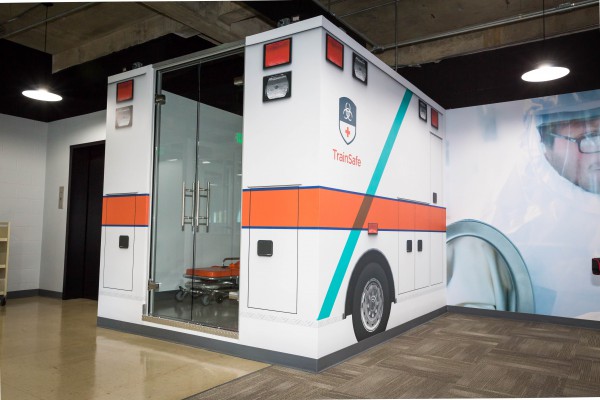Summer internships aren’t just for college students. Southern Research’s Summer Internship Program for STEM Educators (SIPSE) offers paid internships for high school STEM teachers, giving them six weeks of hands-on experience in the organization’s research laboratories at the elbow of SR scientists and engineers. The teachers go home with professional learning credits, an action plan for improving the way STEM subjects are taught in their classroom and even financial support to help carry out their plan.
Samantha Davis, who teaches biology, chemistry and physical science at Russell County High School, attended SIPSE to find ways to bring science back to her students three hours from Birmingham in rural Seale, Alabama.
“These kids are underserved,” she said. “They’re amazing kids, but they’re lacking, educationally, without anyone who will push them or expect anything from them. They can rise to the challenge, but they don’t get pushed.”
Her interactions both with SR scientists and with her fellow STEM teachers have given her ideas and opportunities to take back to her students. She’s even spoken with other teachers about arranging Skype sessions between their classes so students can interact with kids their own age in other parts of the state. And with guidance from the SR scientists, Davis is also developing easy labs she can perform with the limited resources available. “I’ve made connections with scientists here who will run samples my students take in class at Russell County, and then they can do a Skype or a video to see the results being done and sent back,” she said.
Candyce Monroe teaches anatomy and physiology and biology at Tarrant High School, and she enrolled in the program in hopes of reconnecting to scientific research after years away from the bench. “It can be kind of isolating in education,” she said. “Getting back in the lab required me to stretch, to dig deep, to learn a lot.” But amid her research, she gathered some unexpected data.
Hoover High School environmental science teacher Janet Ort had a short drive and an extremely long flight to get to SR. After developing an environmental sensor as part of her SIPSE project, she traveled to Peru with Amazon Teachers Workshop to visit with local researchers and discuss sensor placement and data collection.
“I have a whole portion of my room dedicated to the Peruvian Amazon, because teaching environmental science, it’s integral to people understanding the importance of complete ecosystems and how we’re all connected,” Ort said. “I’ve been able to show my students a textbook and say, ‘There’s a hectare in Peru that has the highest tree biodiversity, and I’ve been there, and this is what it looks like.’ Now I can say, ‘These are parameters about it. This is data collected from the sensor I made. This is how local people can understand what they have.’”
“It’s incredibly exciting that Southern Research, Dr. Lanier [SR STEM Education Outreach director] and all the other people involved were willing to step out there and say, ‘We think this is important for Alabama teachers and Alabama students,’” Ort said. “That’s the most important part of this. It’s not just us who will be impacted by this—it’s the students, the administrators, everyone will be impacted by this kind of fellowship.”
